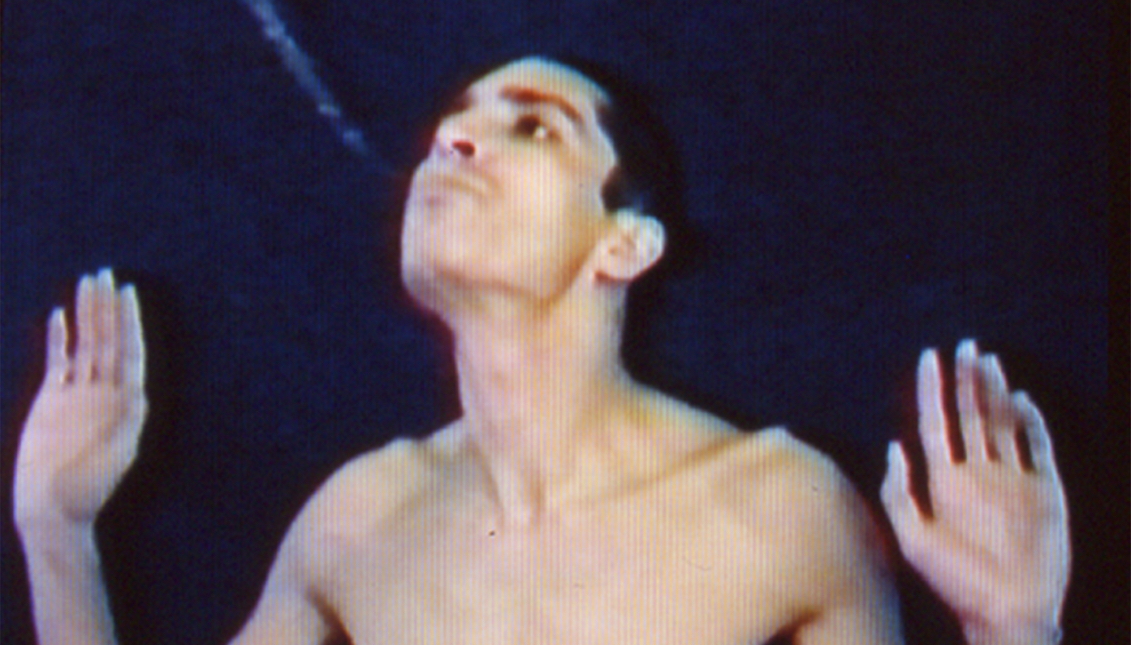
The galleries at Moore bring Mexico City's '90s art scene to Philly
The '90s in Mexico City were marked by economic crisis, social upheaval, poverty, corruption, violence and instability, but also by the emergence of an…
The '90s in Mexico City were marked by economic crisis, social upheaval, poverty, corruption, violence and instability, but also by the emergence of an experimental art movement that is now the topic of an exhibition at The Galleries at Moore College of Art & Design from Sep. 19 to Dec. 12.
“Strange Currencies: Art & Action in Mexico City, 1990-2000” includes about 80 artworks in sculpture, photography, video, painting, installation, performance and sound from 28 artists who were living in Mexico City during this decade.
According to Kaytie Johnson, Rochelle F. Levy Director & Chief Curator at The Galleries at Moore, it was then when art being made in Mexico started entering the global and contemporary art world.
“Artists made remarkable things happen in a very flawed decade,” Johnson said.
The devaluation of the peso, political assassinations, the Zapatista uprising are just some of the elements that converged in Mexico during this decade.
“As we find ourselves in the shadow of Mexico’s complex historical downfall, which still looms large over twenty years later, staging an exhibition with this focus is especially timely and urgent,” said Johnson. “Strange Currencies functions not only as an important historical document, but also as a contextual lens through which we can view how our current social, political, cultural and economic moment – on a global scale – grows out of the ideas and events of the past.”

According to Johnson, prior to the '90s traditional art forms ruled Mexican art galleries and museums — which were often times associated with the state.
“None of them were willing to look at what was going on in the contemporary art world,” Johnson said.
The participating artist in the exhibit experimented with new forms and took risks. They rejected traditional art forms in favor of unorthodox, action-based and socially-engaged practices, linked art and everyday life, and reflected on the events that were unfolding around them. Their works explore gender, class, inequity, struggle, violence and the realities of everyday life in Mexico City.
“Strange Currencies” includes works like Eduardo Abaroa’s “Obelisco roto portátil para mercados ambulantes” (A Portable Broken Obelisk for Outdoor Markets) which reinterprets the concept of the monument as a temporary sculpture made of the same lightweight canvas and aluminum used in makeshift stalls of local marketplaces — a piece that the artist is recreating especially for the exhibition.
“It’s one of the most important and iconic works from Mexico in the '90s,” Johnson said. “It really addresses the local moment and how Mexican artists were using appropriation and remaking important contemporary works of art from outside Mexico.”
Another work is Luis Felipe Ortega and Daniel Guzman’s “Remake,” a video in which the artists recreated performance art by Terry Fox, Bruce Nauman, Vito Acconci and Paul McCarthy using published accounts and critical reviews without seeing videos.

Another one of the works in Francis Alÿs’ “Re-Enactments,” a two channel video projection that on one side shows an original video of the artist walking around Mexico City with a loaded 9mm Beretta for more than 10 minutes before being arrested, and on the other side shows a reenactment of the incident with the participation of the same policemen who arrested him.
“It's not just about emphasizing violence in Mexico city but it really has to do with reality and fiction,” Johnson said.
These are just some examples of works that make part of “Strange Currencies” and which present a lesser-known history of Mexico City in the 90s.
Other featured artists include Marco Arce, Gustavo Artigas, Iñaki Bonillas, Miguel Calderón, Abraham Cruzvillegas, Minerva Cuevas, Claudia Fernández, Thomas Glassford, Silvia Gruner, Jonathan Hernández, Gabriel Kuri, Teresa Margolles, Taniel Morales, Yoshua Okón, Fernando Ortega, Vicente Razo, Daniela Rossell, SEMEFO, Santiago Sierra, Melanie Smith, Sofía Táboas, Laureana Toledo, Pablo Vargas Lugo and Lorena Wolffer.










LEAVE A COMMENT:
Join the discussion! Leave a comment.